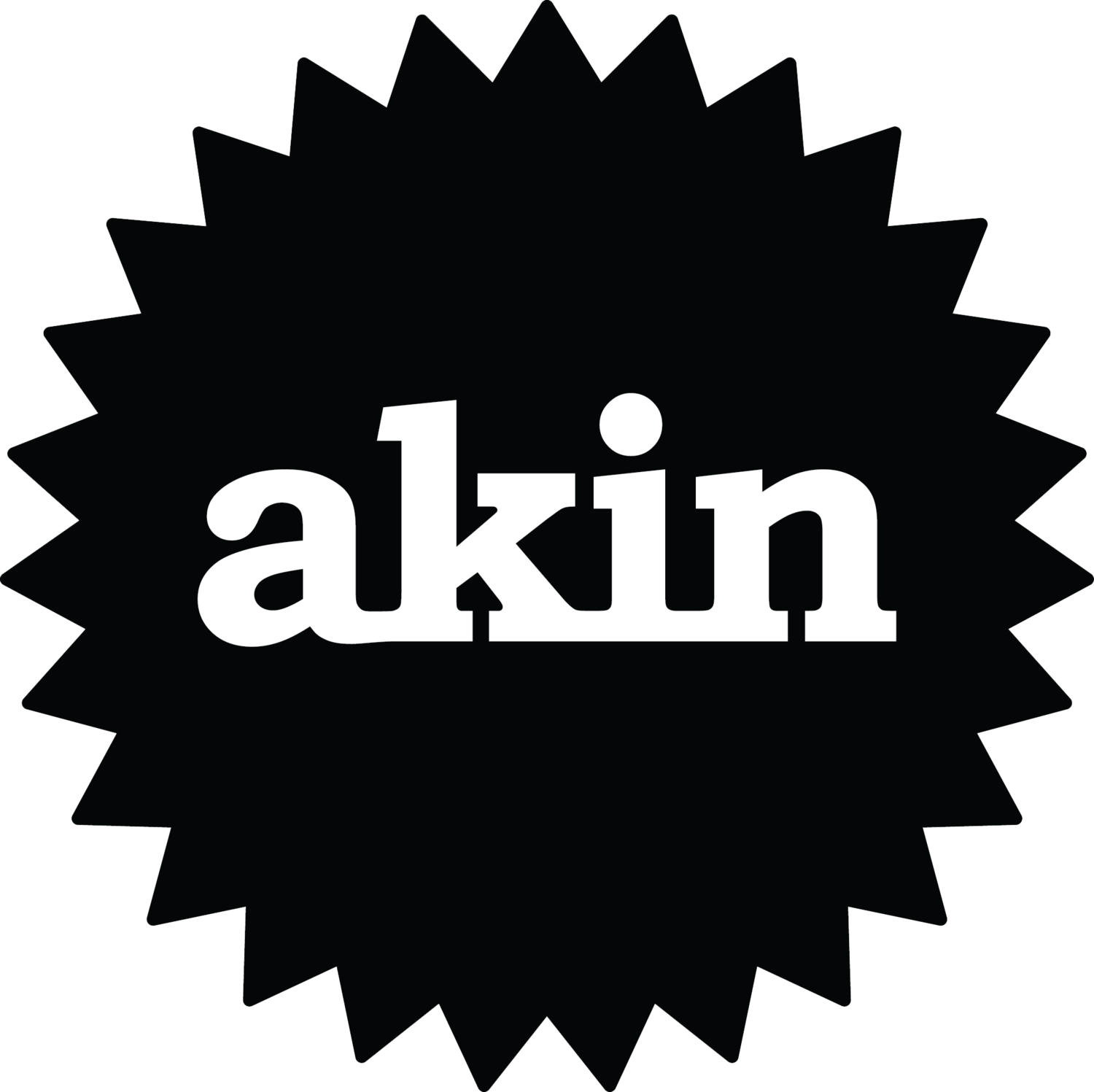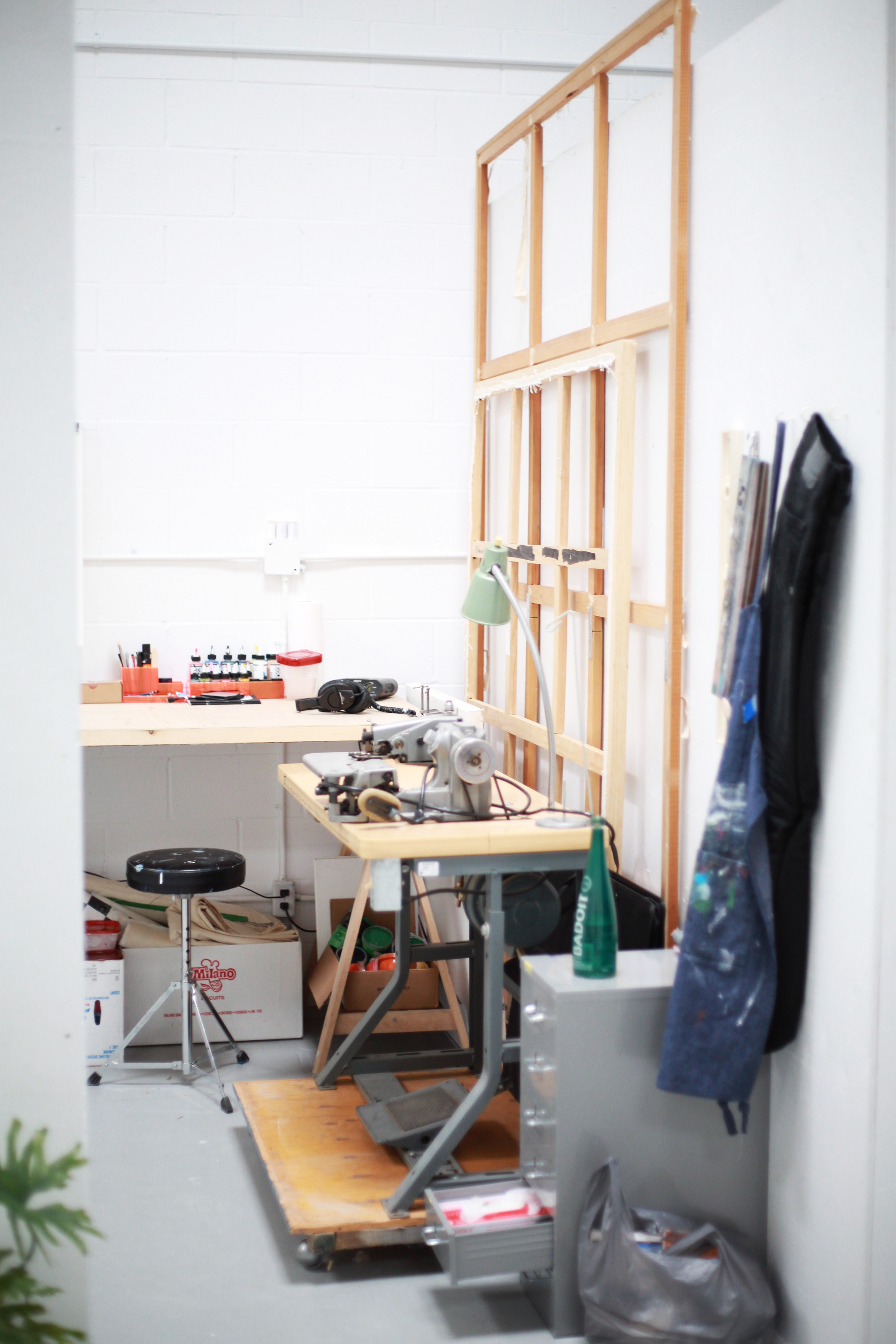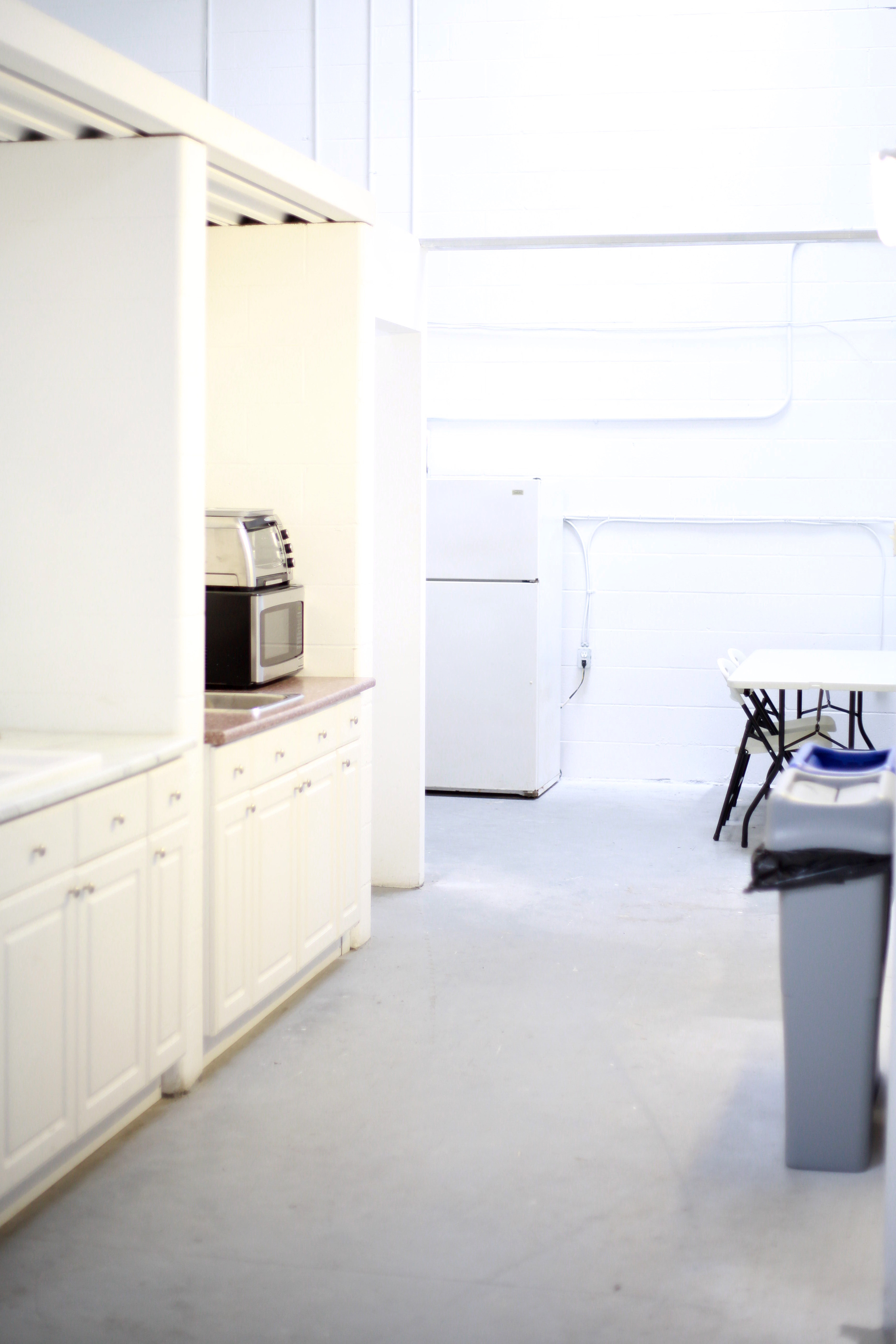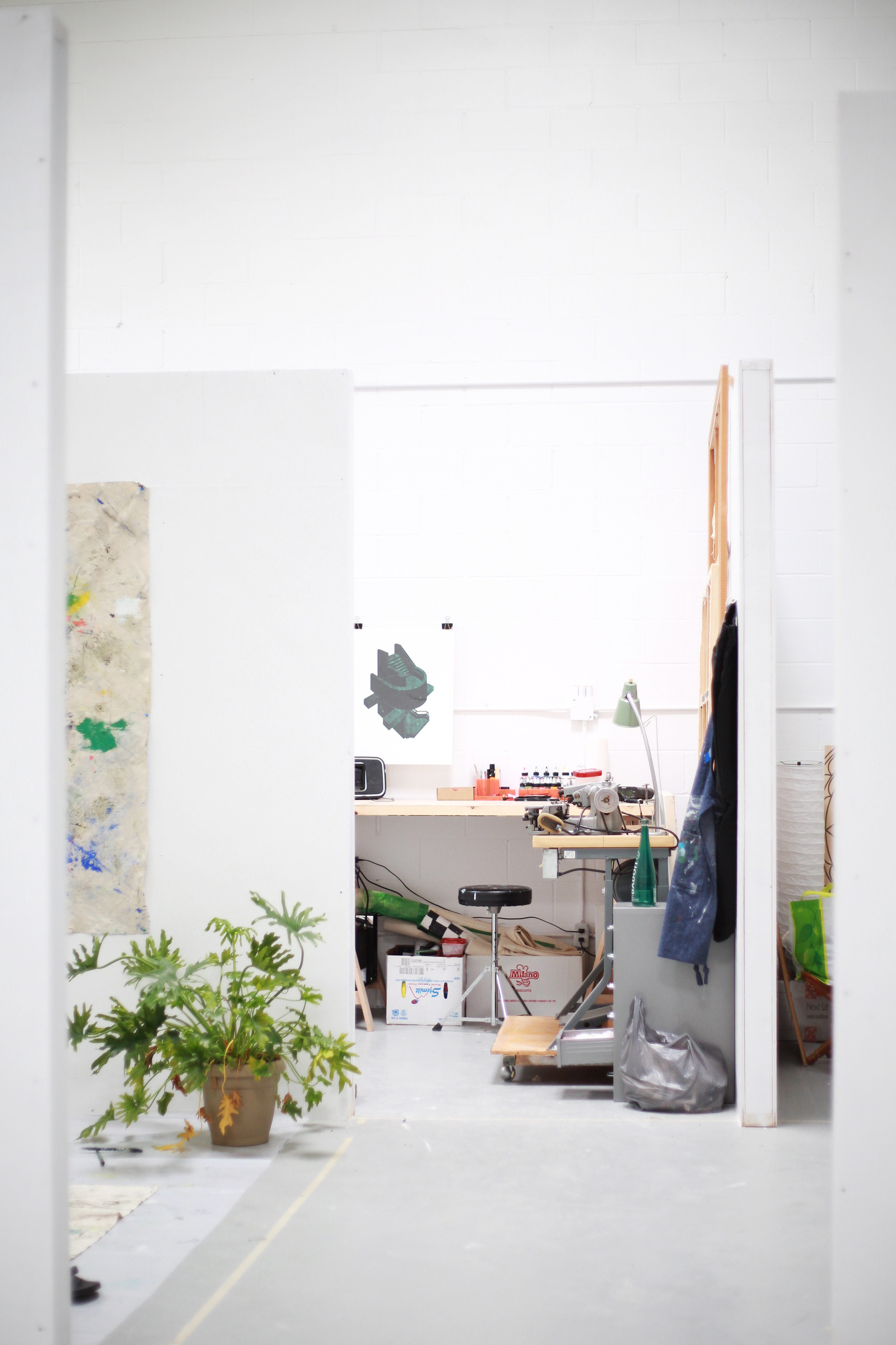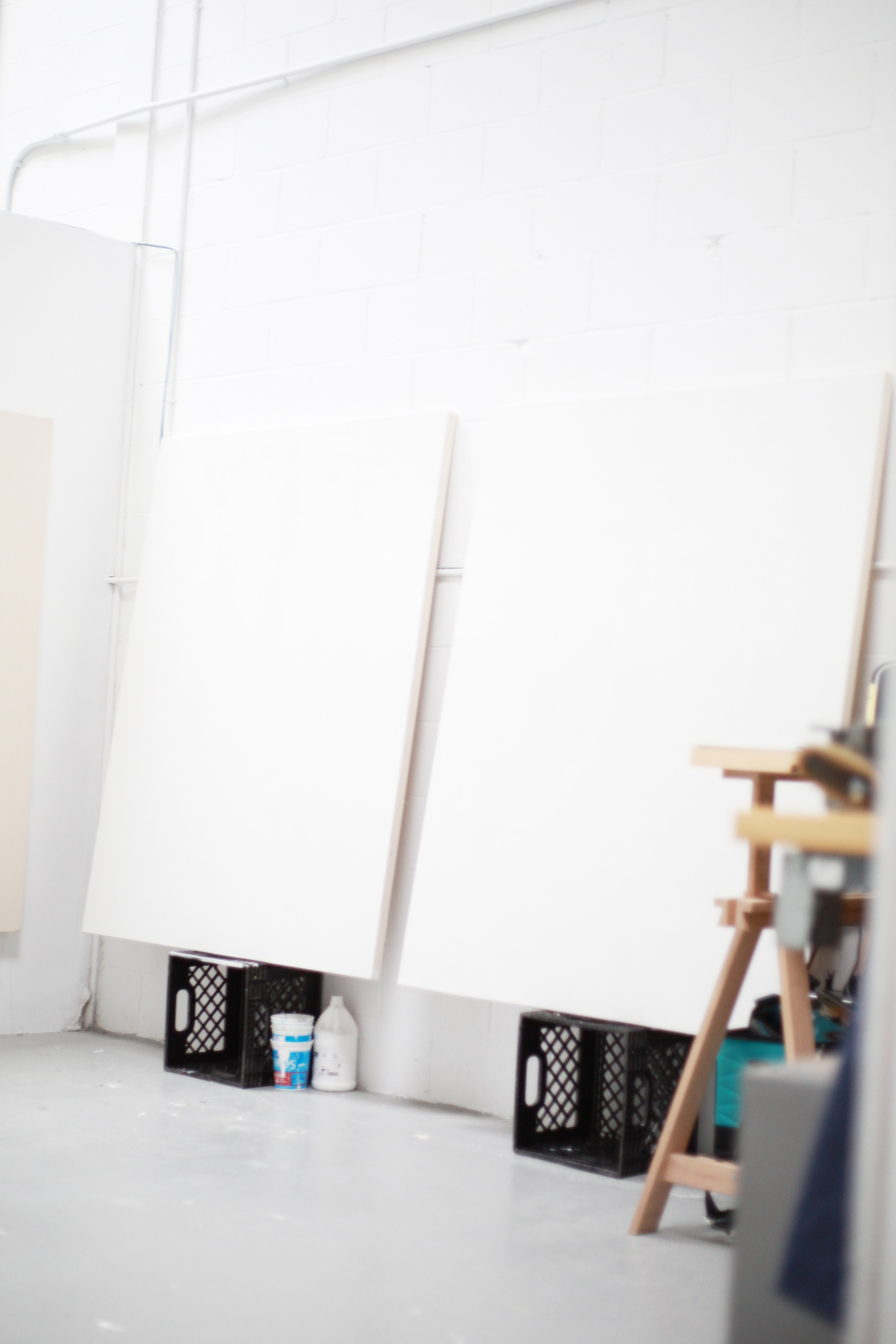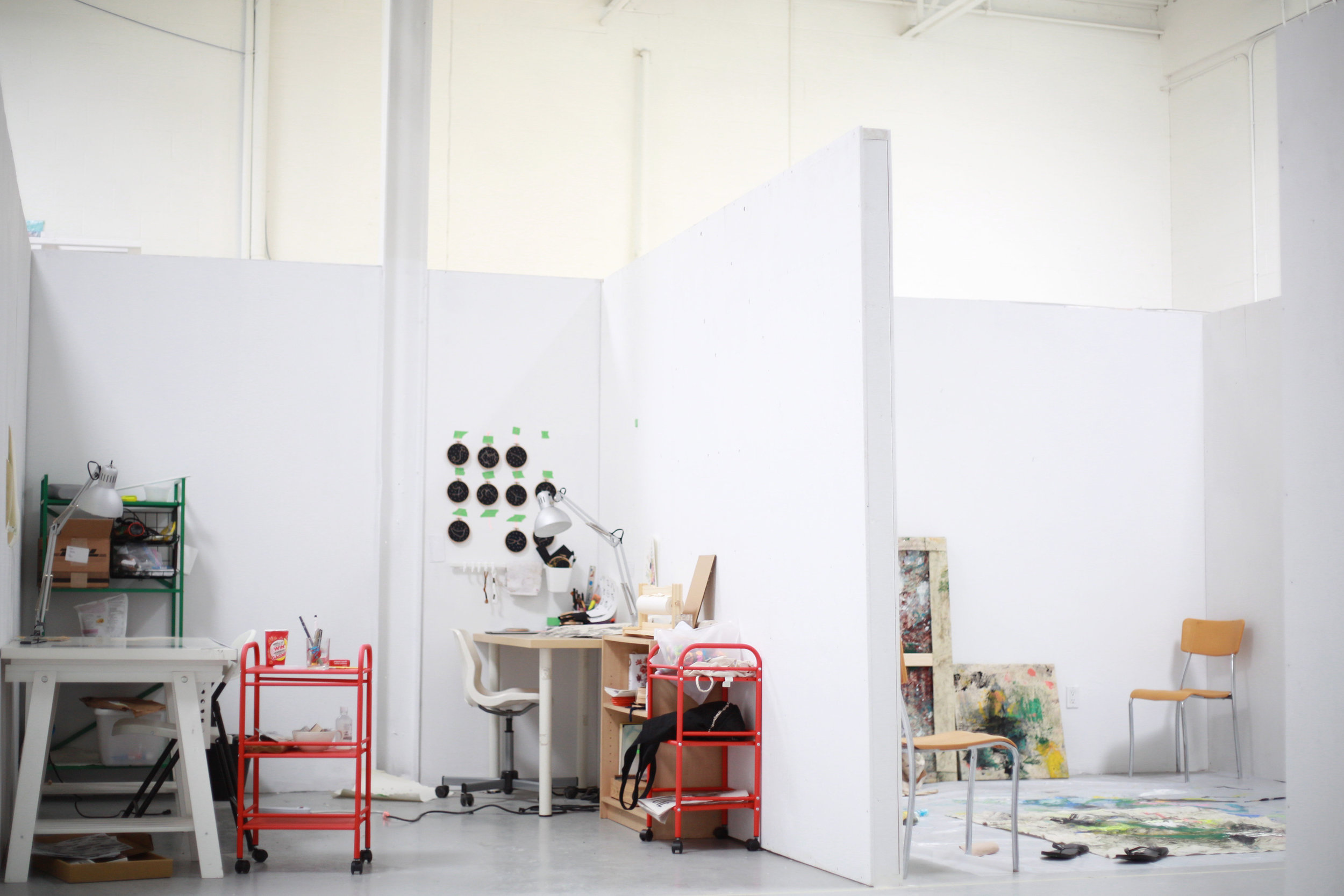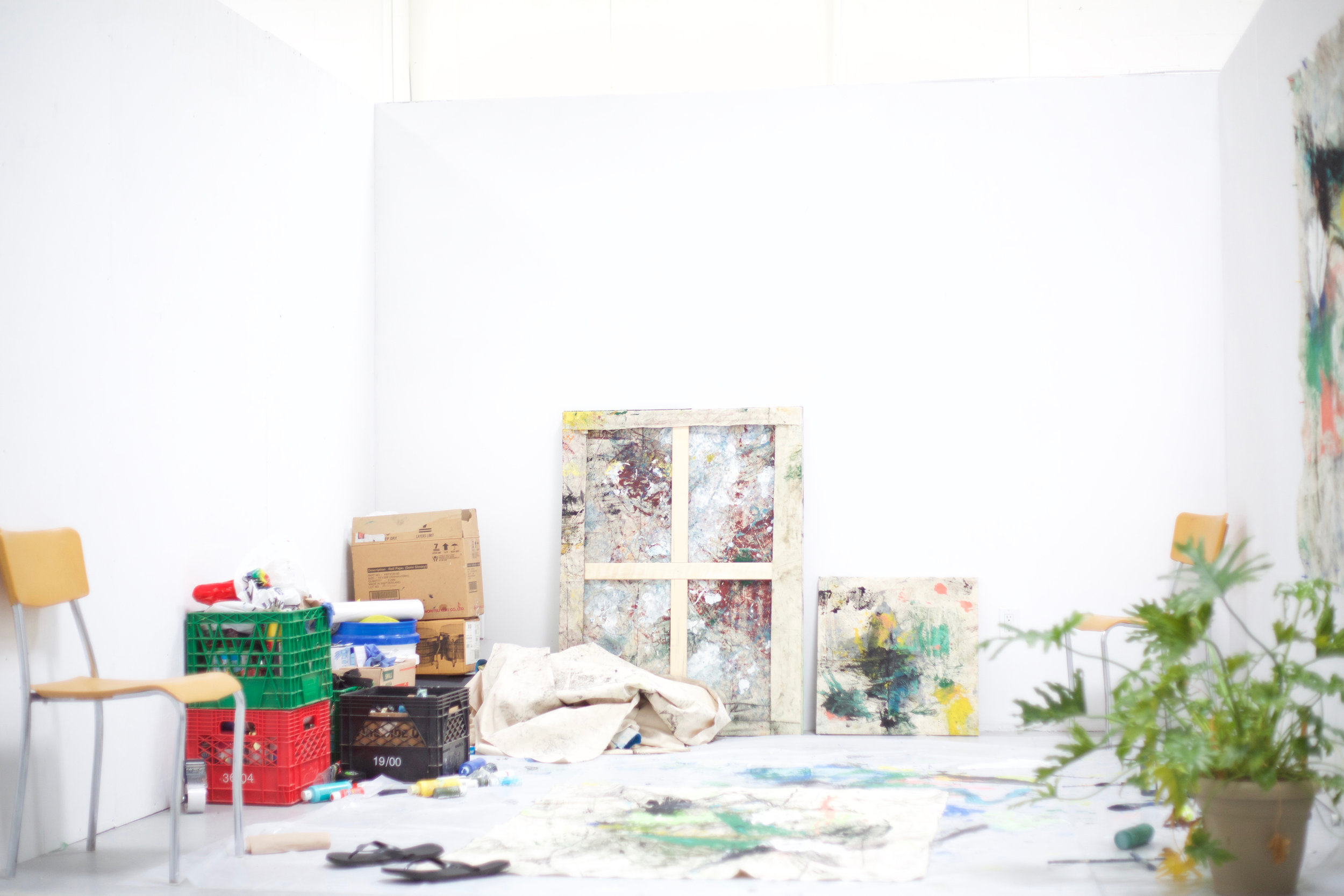Show & Tell at Akin Sunrise
Show & Tell at Akin Sunrise | January 26th, 12-2PM, 100 Sunrise Avenue
Kick off the new year and your new projects with Akin for our next Show & Tell session at our Sunrise studios (100 Sunrise Avenue). This is a time for Akin members and other Toronto artists to show completed works or works in progress and get friendly feedback and answers from their peers in a casual studio setting.
Feel free to bring art to share, bring a friend or two, bring snacks or drinks or just bring yourself! Come for the conversation or just to meet other artists and makers. This is FREE public event - everyone is welcome!
The January edition of the Show and Tell is happening at Akin Sunrise at 100 Sunrise Avenue, Unit 106.
Accessibility Information:
There is step free access to the main entrance located at the side of the building parallel to the parking lot. The first door on the right hand side, once in the main entrance, is access to the studio. The studio entrance requires a key and there is no button to open the door, so someone may require assistance. There are narrow aisles and sharp turns to get into the gender-neutral washroom within the space. There are no grab bars in the bathroom and the toilet is not raised. There is a small lip on the floor upon entering the bathroom. Akin does have access to a wheelchair accessible gender-neutral washroom in the hall across from the Akin studio within the building. The space is not ideal for people with sensory processing issues, due to the white noise in the building.
